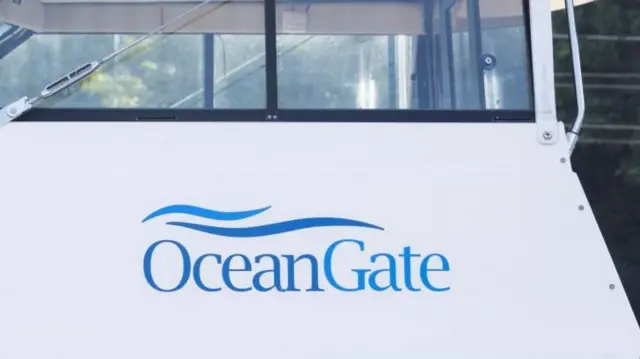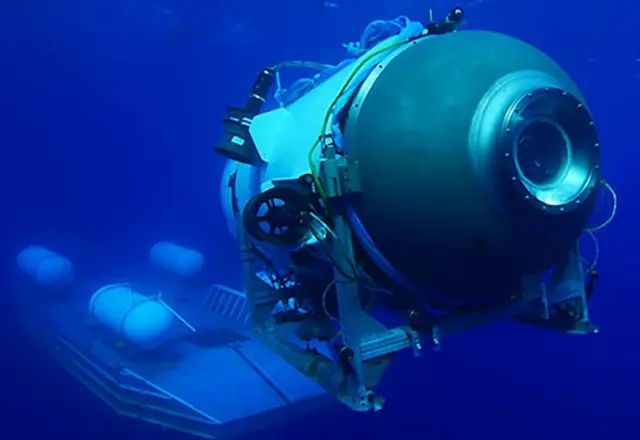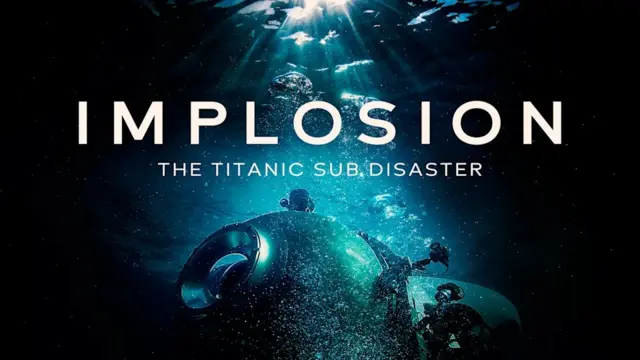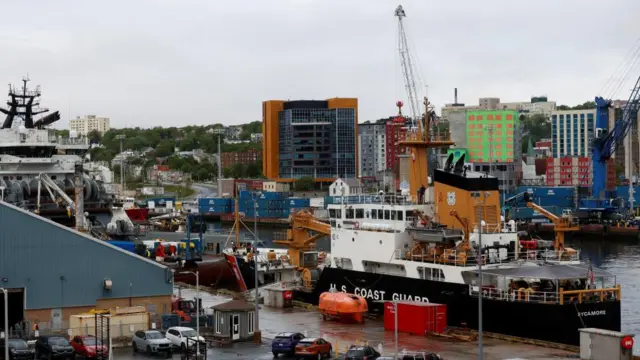Failures that led to the Titan sub disasterpublished at 19:05 British Summer Time 5 August
 Gabriela Pomeroy
Gabriela Pomeroy
Live reporter
A damning report published by the US Coast Guard today looked at what went wrong in June 2023, when the Titan submersible took five people on an expedition to see the Titanic shipwreck - but the sub imploded, killing all on board.
The implosion of the vessel was caused by the loss of structural integrity of its carbon fibre hull, exposing passengers to "approximately 4,930 pounds per square inch of water pressure", the report found. They died instantaneously.
The tragedy was "preventable", it said.
Investigators found “critically flawed” safety practices at the sub's owner OceanGate Expeditions, and said it used "intimidation tactics" for several years before the disaster to avoid scrutiny.
Much of the blame goes to the Chief Executive Stockton Rush, the US Coast Guard said. He was on board and also died in the disaster. The report found he "exhibited negligence that contributed to the deaths of four individuals".
The company failed to follow safety protocols. It was under financial pressure and had a "toxic workplace environment", using the firing of senior staff and the "looming threat" of being fired to dissuade employees and contractors from expressing safety concerns, the report found.
A lot of questions were answered in this investigation. But "no report can alter the heart-breaking outcome," the family of two of the victims said.
Our live updates are ending now, but you can read more details in our report here.





![A graphic showing the final messages from the sub on a timeline, ending with with "dropped two wts [weights]" at 10:47](https://ichef.bbci.co.uk/ace/standard/640/cpsprodpb/vivo/live/images/2025/8/5/1d5e4256-8c7d-4785-aa8d-b7922a7551b7.png.webp)




